A Beginner’s Guide
Understanding Your Toilet
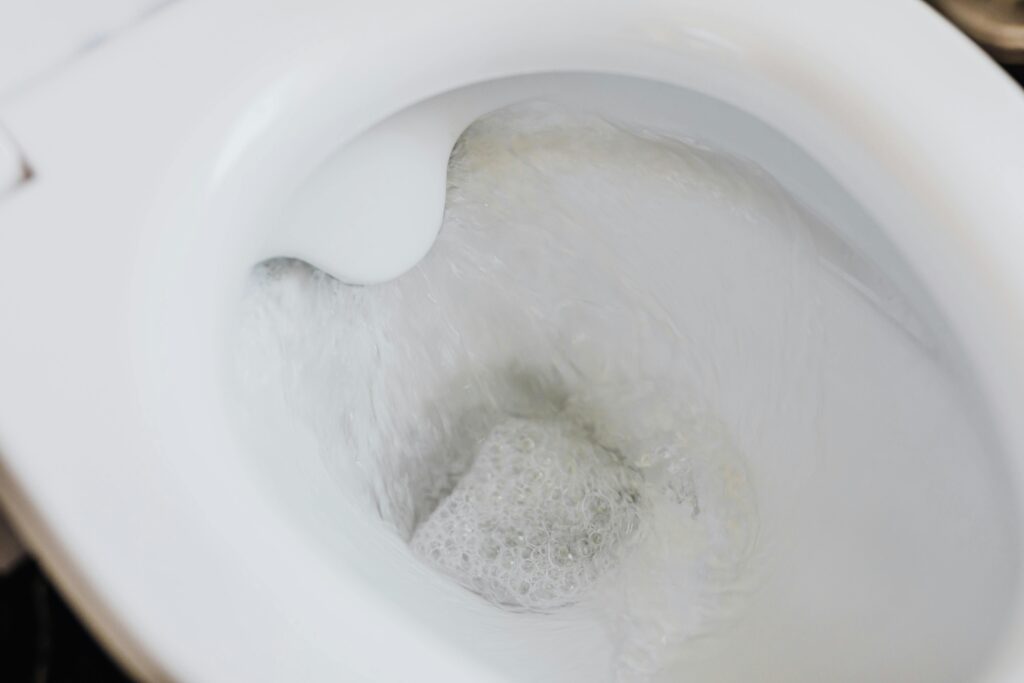
Before you dive into fixing anything, it’s helpful to understand the basic components of your toilet. The main parts include the tank (where the water is stored), the bowl (where the waste goes), the flush valve (which releases water into the bowl), and the fill valve (which controls the water level in the tank).
Common Toilet Problems and Solutions
Running Toilet:
- Issue: If your toilet keeps running after flushing, it’s likely due to a problem with the flapper valve or the flush valve seal.
- Solution: Open the tank and check if the flapper is sealing properly. If it’s worn or misaligned, replace it. Also, ensure the chain connecting the flapper to the flush handle is adjusted properly, allowing the flapper to close completely.
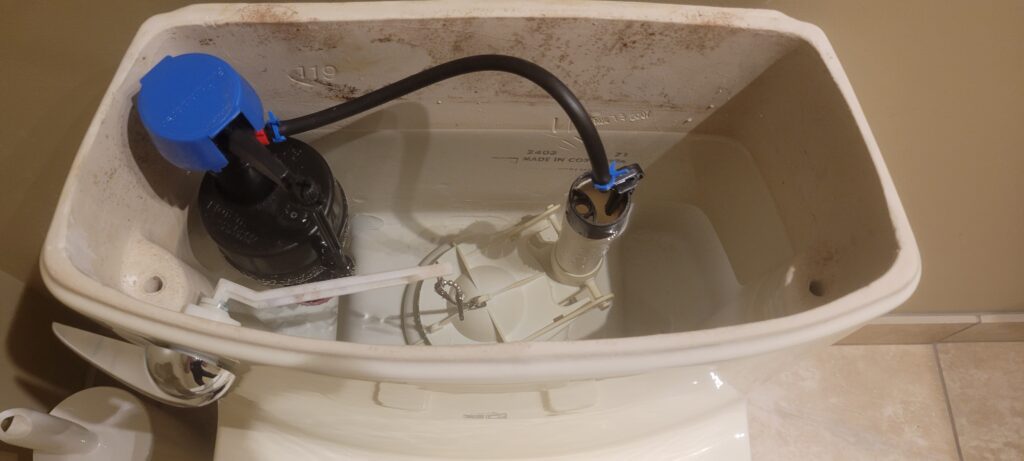
- Issue: A clog can occur due to excess toilet paper, non-flushable items, or build-up in the pipes.
- Solution: Use a plunger first to attempt to clear the clog. Ensure there’s enough water in the bowl to cover the plunger. For stubborn clogs, a toilet auger (or snake) may be necessary to reach deeper blockages.

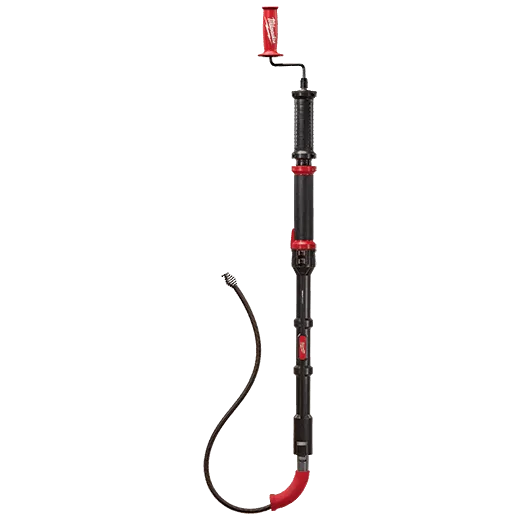
- Issue: Leakage around the base of the toilet can be caused by a damaged wax ring or loose bolts.
- Solution: Turn off the water supply to the toilet. Remove the toilet and inspect the wax ring. Replace it if damaged. Tighten any loose bolts securing the toilet to the floor. Ensure the toilet is level when reinstalling it to prevent future leaks.
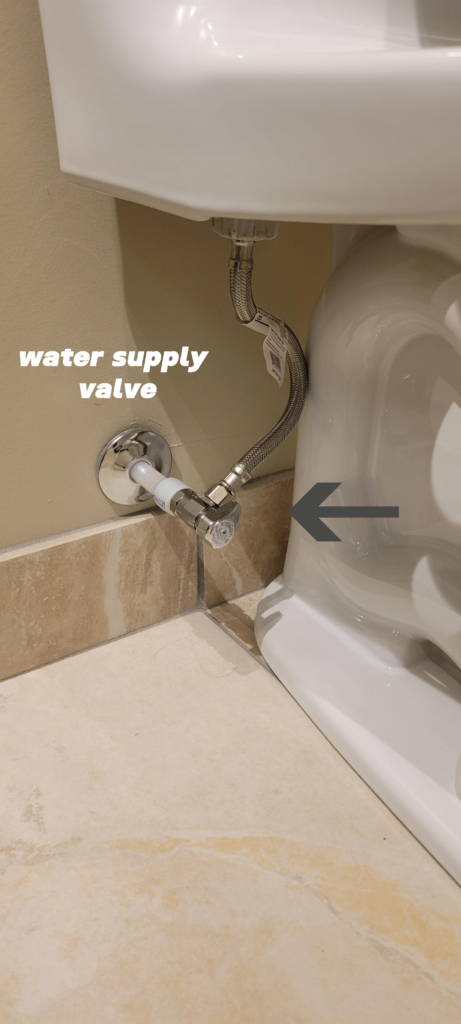
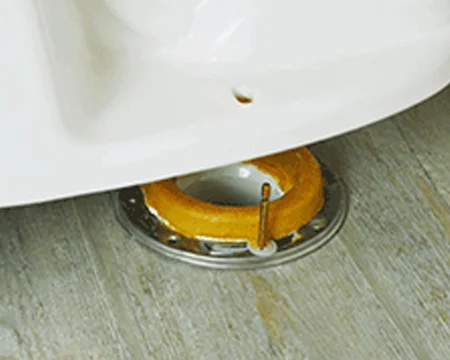
4. Weak Flush:
- Issue: If your toilet isn’t flushing properly, it could be due to mineral build-up in the flush holes or an issue with the flush valve.
- Solution: Clean out any mineral deposits in the flush holes using a wire hanger or brush. If the flush valve is faulty, consider replacing it with a new one for better performance.
Tools You Might Need
To tackle most toilet repairs, you’ll want to have a few basic tools on hand:
- Plunger
- Adjustable wrench
- Screwdriver
- Toilet auger (optional)
- Replacement parts (flapper, wax ring, etc.)
When to Call a Professional
While many toilet issues can be fixed DIY-style, there are times when it’s best to call a professional plumber:
- If you’re unsure about the problem or how to fix it.
- If you encounter significant water damage or suspect a more serious plumbing issue.
- If you’ve attempted repairs but the problem persists.
Conclusion
Fixing a toilet can be a rewarding DIY project, but it’s important to know when to call in the professionals. If you encounter a plumbing issue that seems beyond your expertise or if you’ve tried troubleshooting without success, don’t hesitate to contact experts- Paton Bros Plumbing. Our experienced plumbers can quickly diagnose and fix any toilet or plumbing problem, ensuring your home’s plumbing system remains in top condition. Remember, it’s always better to address plumbing issues promptly to prevent further damage and inconvenience. Trusting professionals like Paton Bros Plumbing ensures peace of mind and a job well done.

